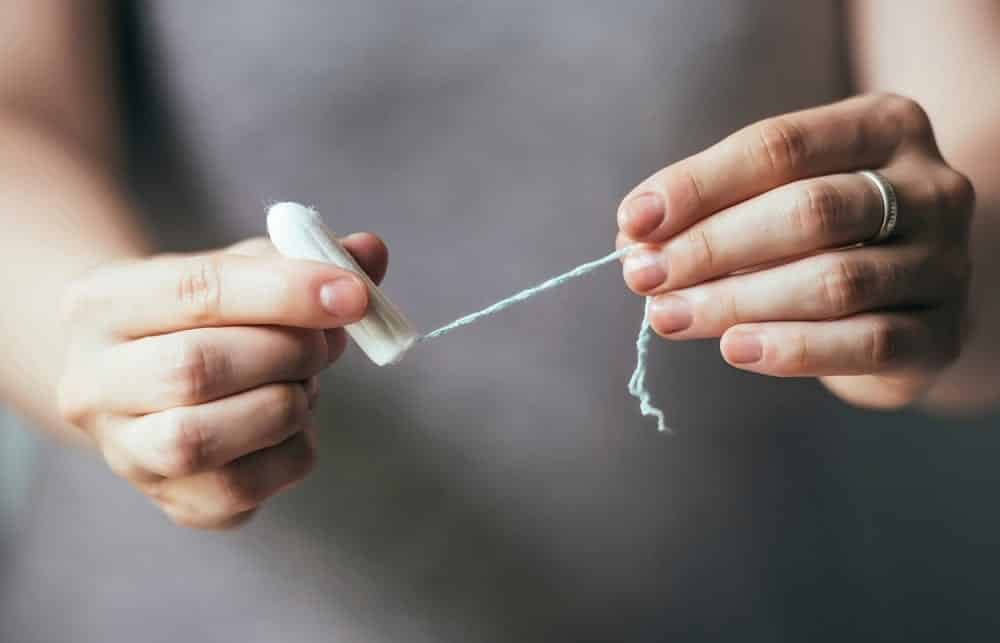If used correctly, the tampon, or the famous OB, does not pose any health risks. However, in some cases it can be dangerous.
It may seem like an outdated subject, but tampons are still taboo for many women. In fact, it’s quite common to find women out there who have never used this type of absorbent. Of course, the reputation of tampons, gynecologically speaking, is not the best; but many stop using the product because they don’t know how to put it on, for example.
Basically, this type of absorbent is much more practical and also has many advantages in terms of use. In addition to being more discreet than a regular pad, it is also less uncomfortable. Another advantage of the tampon is the possibility of entering the water, without risk, even during menstruation.
In fact, if you’re interested in knowing, the advantages are also huge for those who opt for a collector cup. Of course, this is a topic for another time. However, if you want to know more about the subject, we have a post about it here.
However, back to the tampon; Even with all its advantages, it is not the most common in women’s daily lives. Many doubts still arise regarding the correct way of use and whether there are contraindications.
Below, as you will see, we have created a combination of information capable of demystifying this subject.
How to use a tampon?
1. Firstly, to introduce it, the best way is to stand up. Keeping one leg bent and your foot resting on the toilet, for example, usually helps a lot.
However, if this position doesn’t make you comfortable, the best way is to try it out. Finding your most comfortable position is ideal, and will ensure the tampon is inserted correctly. It is worth mentioning that it can also be inserted with you lying down, with your legs bent; sitting on the toilet, or squatting.
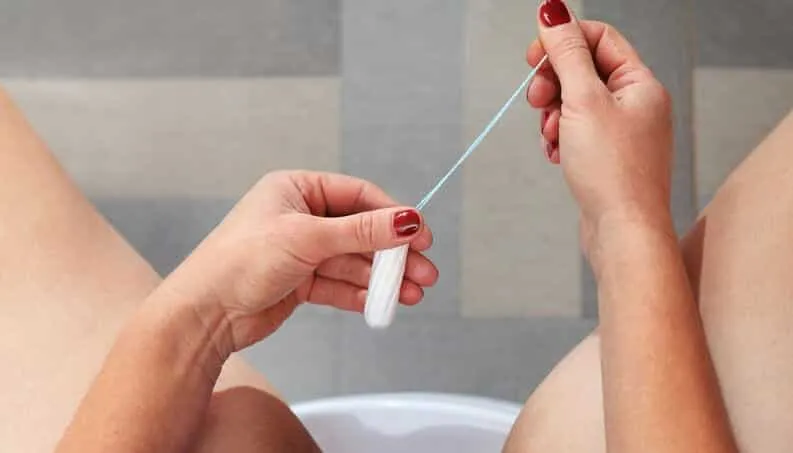
2. After choosing the position, you must remove the plastic that protects the absorbent. So, you need to hold the thread of the tampon. At this point, it is still safe to do a test, pulling the thread, to see if it is securely attached to the product.
3. Then, place the pad between your index finger and thumb, so that it forms a clamp. Soon after, you can insert it, pushing with your index finger. The correct thing is that half of the finger is covered during insertion.
But, of course, there are brands that also offer the applicator. In this case, the correct depth is already given by the accessory.
4. Then, when it is all the way in, push gently until you feel that the pad hits an obstacle.
How to remove a tampon?
5. Finally, remove your index finger. The tampon thread, in fact, needs to be out at this moment. After all, it is what will ensure that you remove the pad without difficulty.

6. After placing it, you just need to check if it is in the correct place. So, if you feel any type of discomfort, it may be in the wrong place.
If this happens, the best thing to do is try inserting your index finger and pushing the pad a little further inside.
7. If discomfort persists, remove the pad and insert a new one. It is important to highlight that the correct place for the absorbent is at least 1 centimeter away from the entrance of the organ, at the vaginal opening. In fact, it is a less innervated portion, therefore it has a lower sensitivity.
8. Finally, to remove the tampon, you must gently pull the hanging thread.
OB Risks
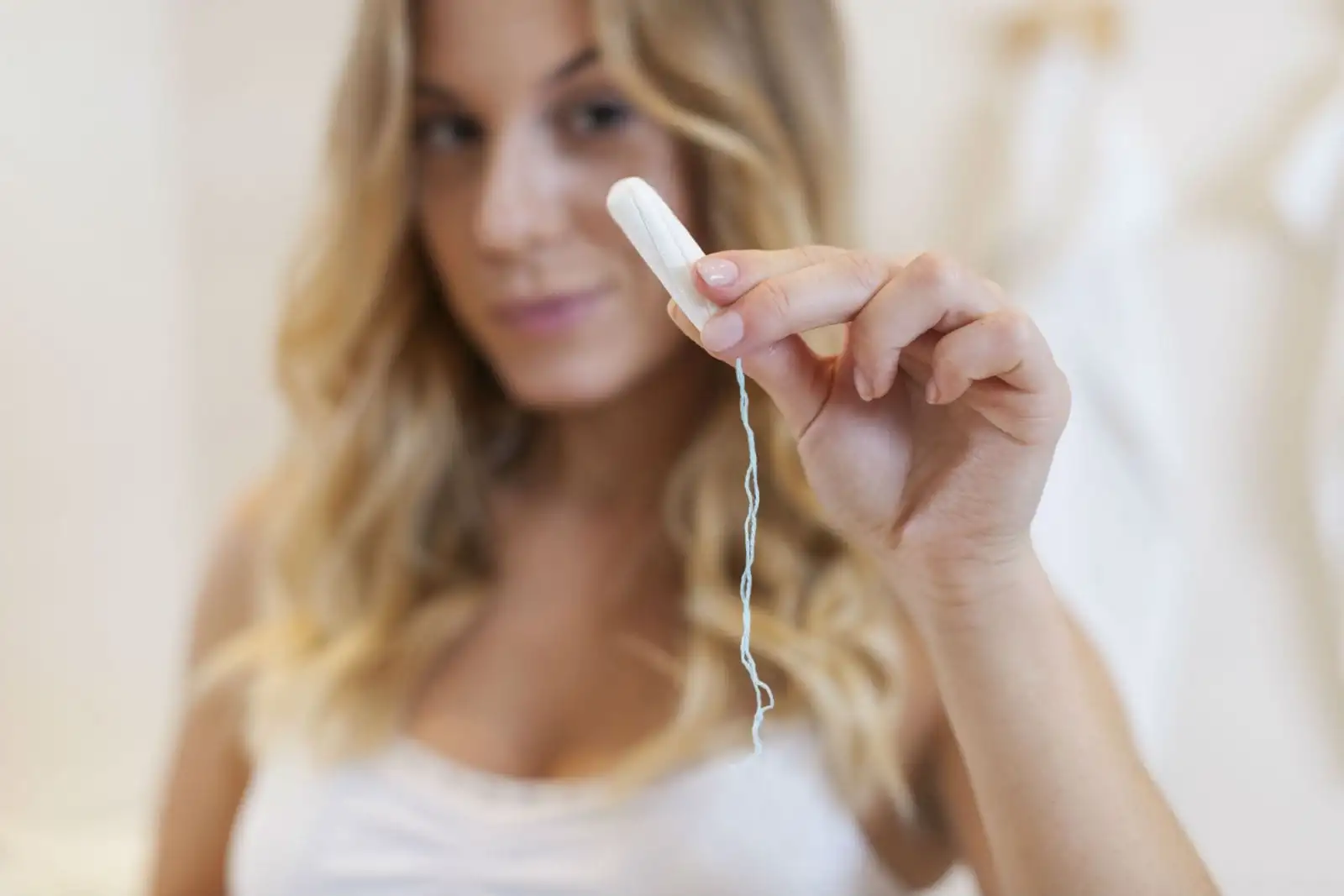
Basically, as we already know, tampons are actually much more practical and also comfortable. However, using it also requires care and a little more attention.
For example, the ideal is to change it frequently. Therefore, the maximum time indicated for keeping the same tampon is 8 hours.
Especially because the absorbent is made of cotton, which absorbs the flow. In short, this increases the risk of bacterial infections, which may be capable of altering the flora of the vagina.
Now, if you forget to remove it for several days, the situation can be even more critical. In general, it is possible for inflammation to also occur in the uterus and tubes. In more serious and rare cases, the bacteria can reach the bloodstream, causing a generalized infection, for example.
Below, we list some possible complications of improper use of this type of absorbent.
Toxic Shock Syndrome (TSS)

This is a rare syndrome. Basically, there is 1 case for every 100,000 women who use tampons.
The syndrome, in fact, is a bacterial infection associated with prolonged use of tampons. One of its possible consequences is acute kidney failure and, in more extreme cases, even death.
However, this syndrome is marked by the proliferation of a specific type of bacteria, Staphylococcus aureus. It exists naturally in human skin, however when it multiplies intensely, it can enter the bloodstream. This is the cause of SCT.
And the main way to prevent this syndrome from occurring is by not using the pad for more than 8 hours. This, as we have already mentioned, is the time limit indicated by the manufacturers. If you use it for a long time, it can lead to uncontrolled microorganism growth and contamination.
All about tampons
1. How should I choose a tampon size?
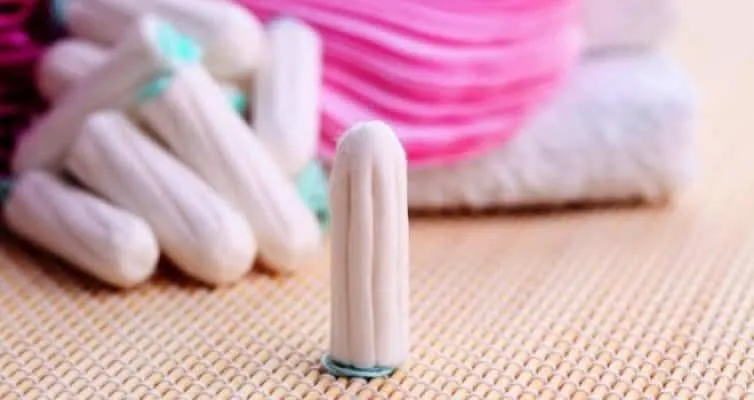
Basically, with this criterion you will have to take into account whether your flow is too much or too little. Therefore, you don’t need to worry about the size of the vulva. Because the vagina is elastic, that is, it can easily adapt to the product.
Above all, it is worth highlighting that the super size is for women who bleed heavily. The mini is for girls who bleed little.
2. Can I only use this type of absorbent?
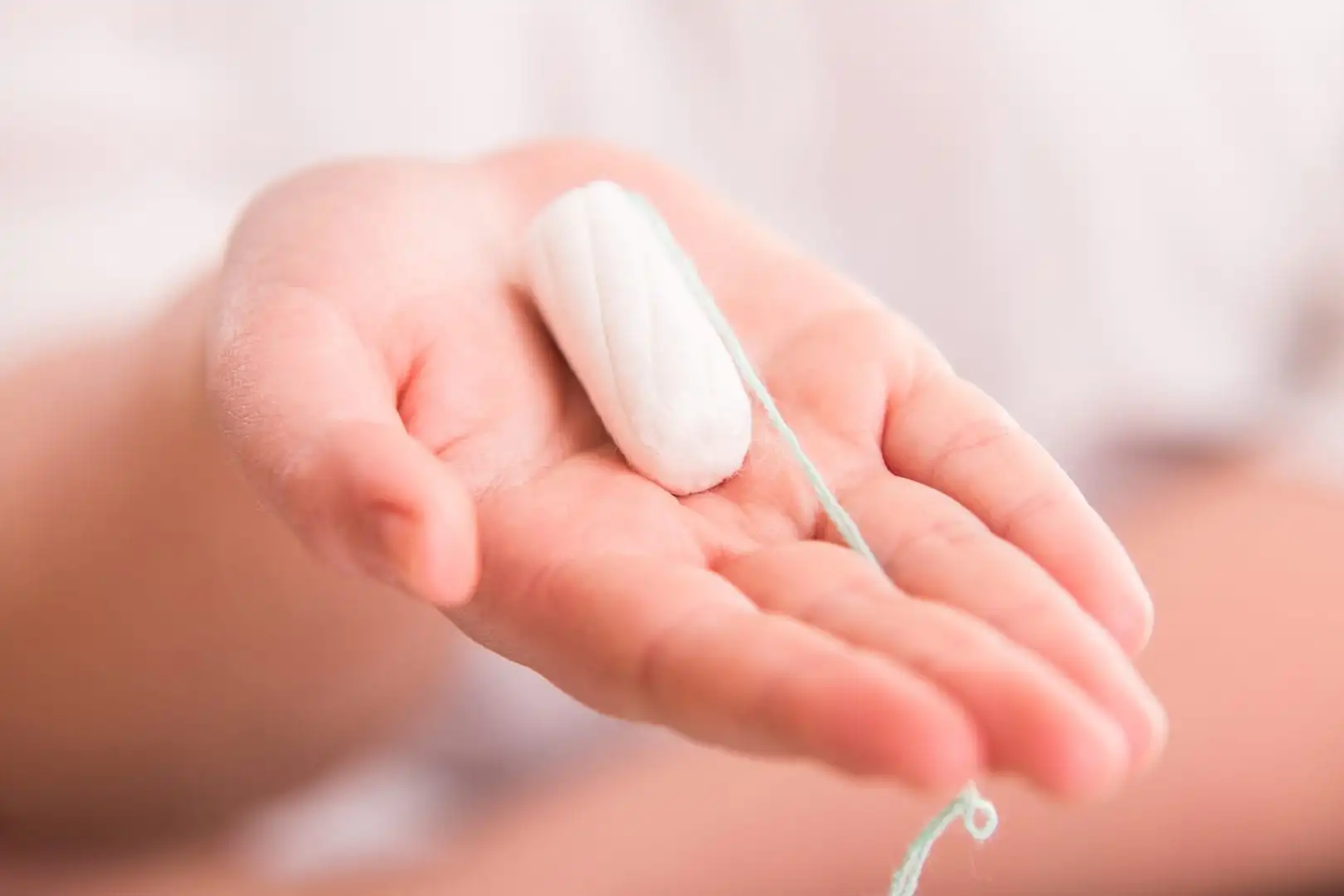
Yes, you can use it from the first day until your last day. However, remember to use it correctly.
In other words, it must remain in use for a maximum of 8 hours.
3. Even while sleeping?
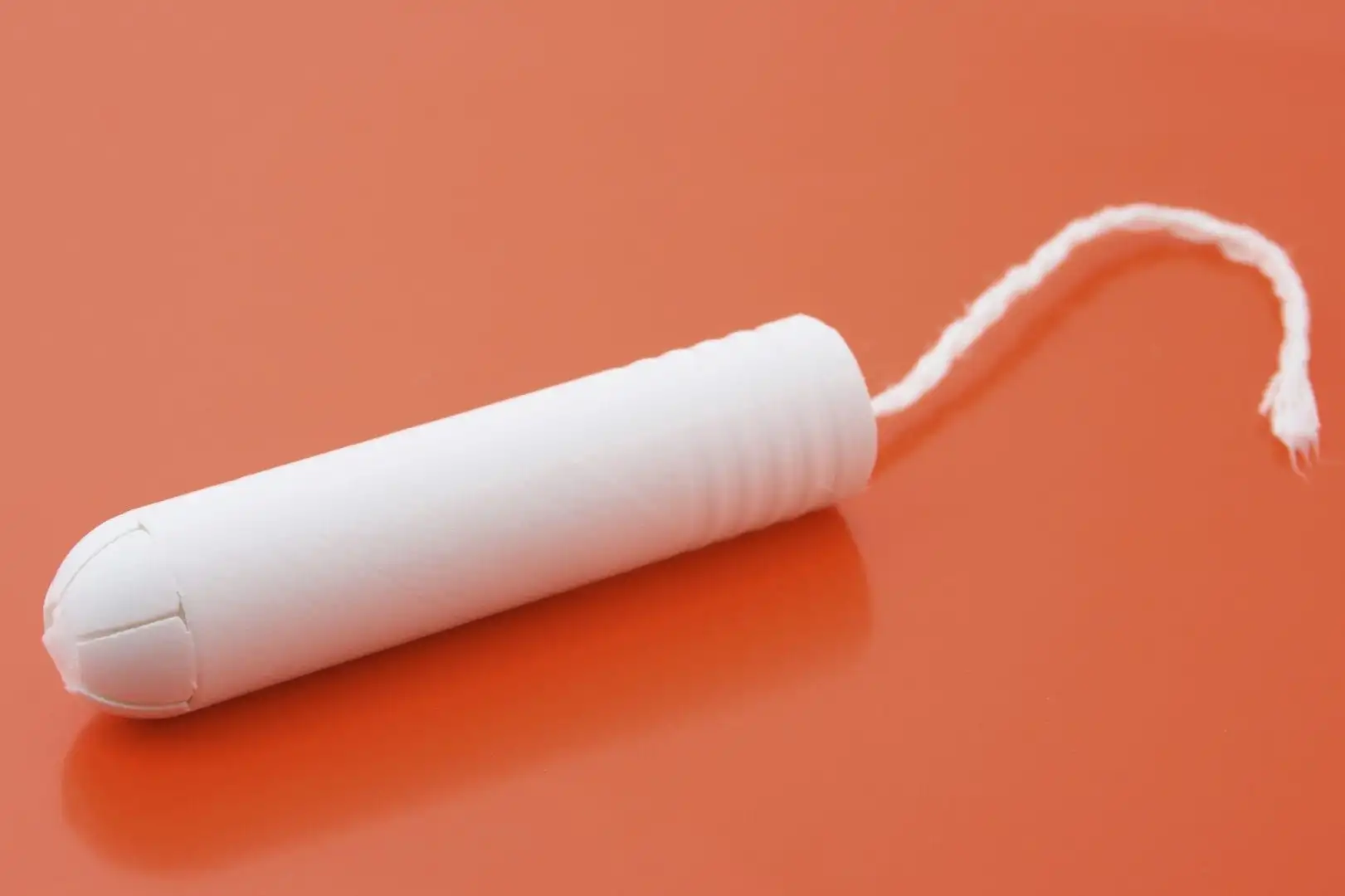
Yes, you can also use it while sleeping. However, it is worth mentioning that the maximum time is 8 hours.
So if you’re looking to sleep more than that. The best thing is to get up and change the pad in the middle of this period. Now, if you don’t want to interrupt your sleep, we recommend that you use an external absorbent.
4. Is there a risk of leakage?
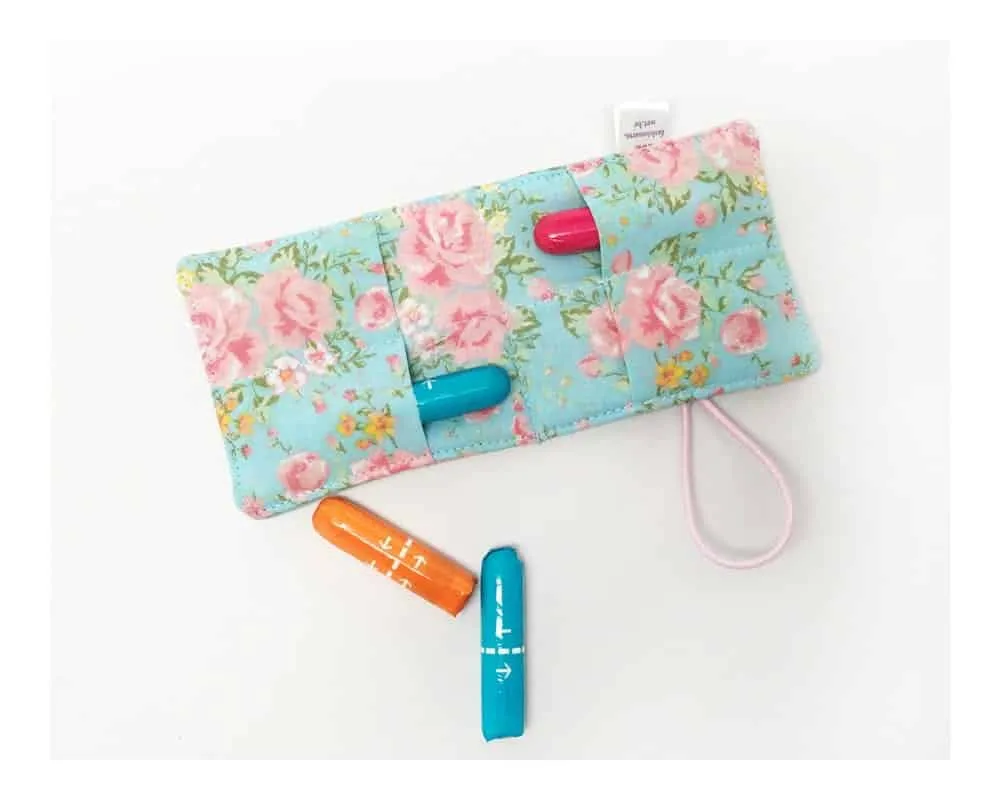
Yes, it can exist. However, this will only happen if you get the size of the pad wrong.
That is, if you have abundant flow and choose an insufficient size, such as mini or medium. Another way of leaking is if you leave the tampon in for longer than recommended.
Therefore, do not let it exceed for more than 4 to 8 hours. Because the product absorbs blood and also cervical mucus.
5. Can anyone with an IUD use this type of product?
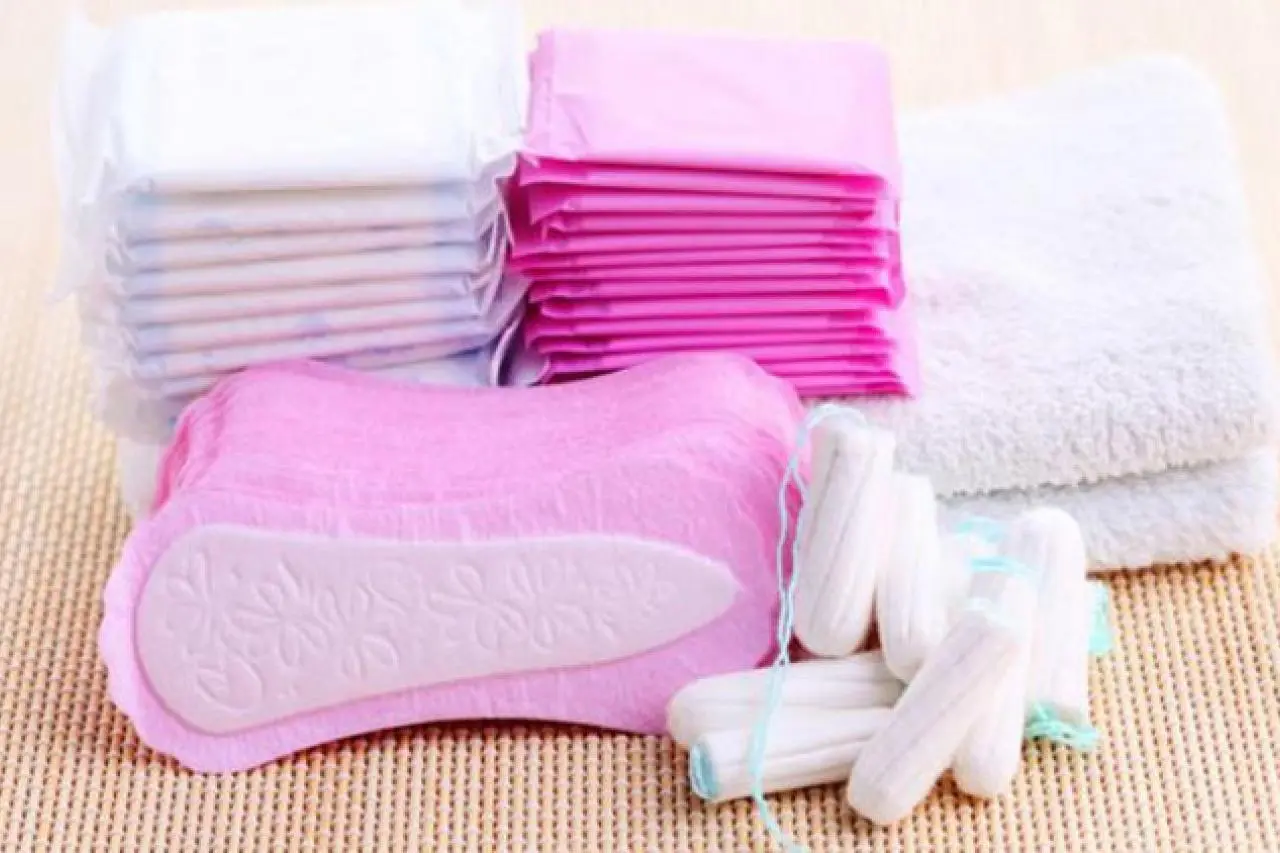
Yes, basically the two are inserted in different locations. In other words, the contraceptive device is inserted by the gynecologist into the uterus, while the absorbent remains in the vagina.
Therefore, there is no danger that when you remove the absorbent, you also remove the IUD. Because the absorbent is placed at the entrance to the vagina while the IUD is higher up, only 1.5 centimeters out of the cervix.
6. What to do if the string disappears?
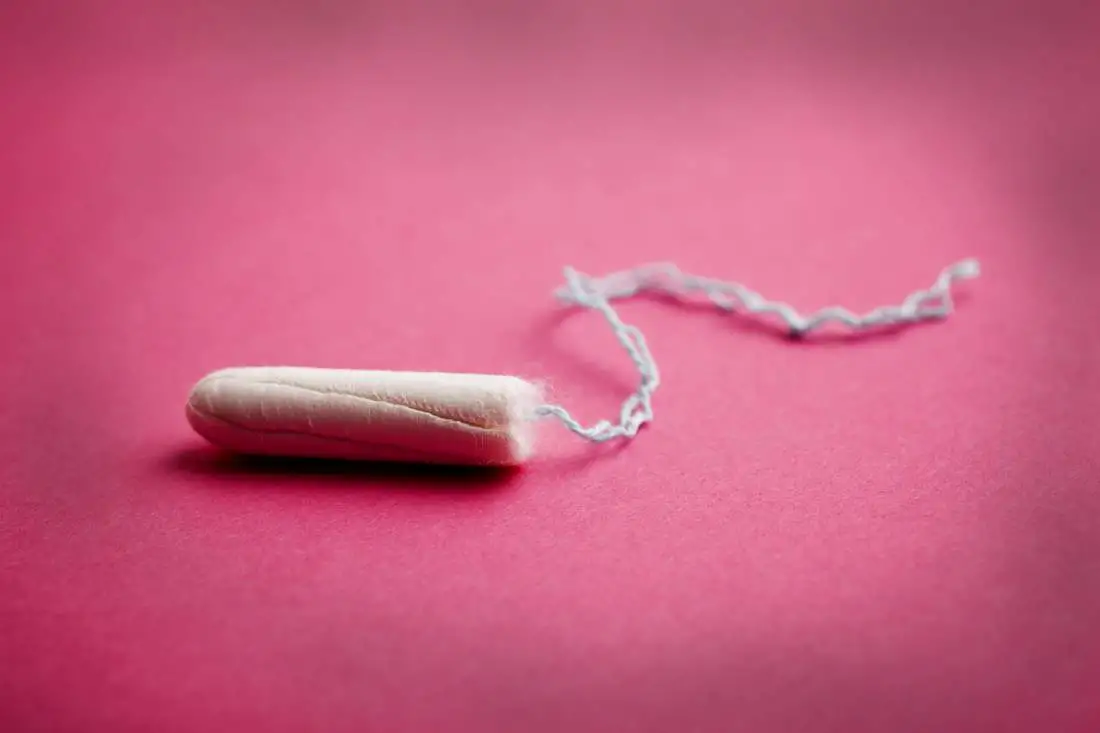
Firstly, it is worth mentioning that it is very rare for the string to break. However, there are cases where it can enter the vagina.
Therefore, in this case you must take tweezers with your fingers and pull or insert your index finger into the vagina, locating the thread and pulling it out. Now if it doesn’t work, go to your gynecologist.
But, calm down. Everything can be resolved. And for you to despair in moments like this, it’s much worse.
7. After leaving the pool or sea, does it need to be removed immediately?
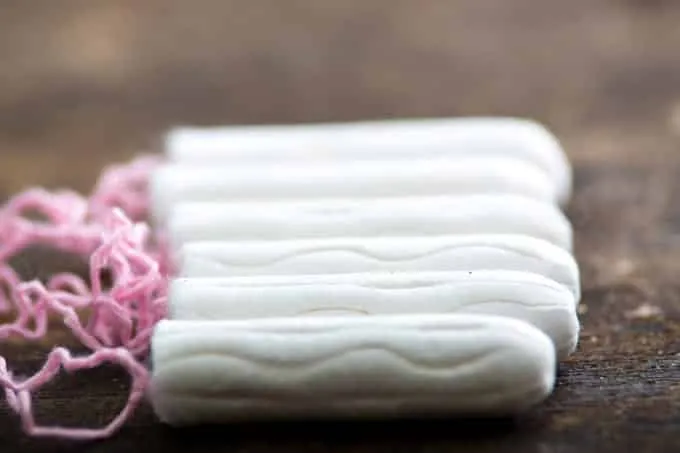
There is no clear rule for this. As we have already said, the ideal is not to exceed 8 hours in your body. Now if you feel uncomfortable with it after swimming in the pool or in the sea, it’s best to change it.
Furthermore, it is worth mentioning that if it is in the right place, water will not penetrate the vagina. Therefore, if you feel that it has become soaked or that it has started to leak, it is because you may have put it in the wrong place. Therefore, it is recommended to change.
8. Are there any types of contraindications?

No, so much so that even virgins can use it. However, it is important that you go to the gynecologist first to check the type of hymen.
Because most women have a circular opening, which offers no resistance. However, some may have a film in the middle, which makes it impossible to insert the absorbent.
Furthermore, they can also be used even in cases of candidiasis. That is, when you have whitish discharge, itching and burning.
9. Is a menstrual cup a good alternative?
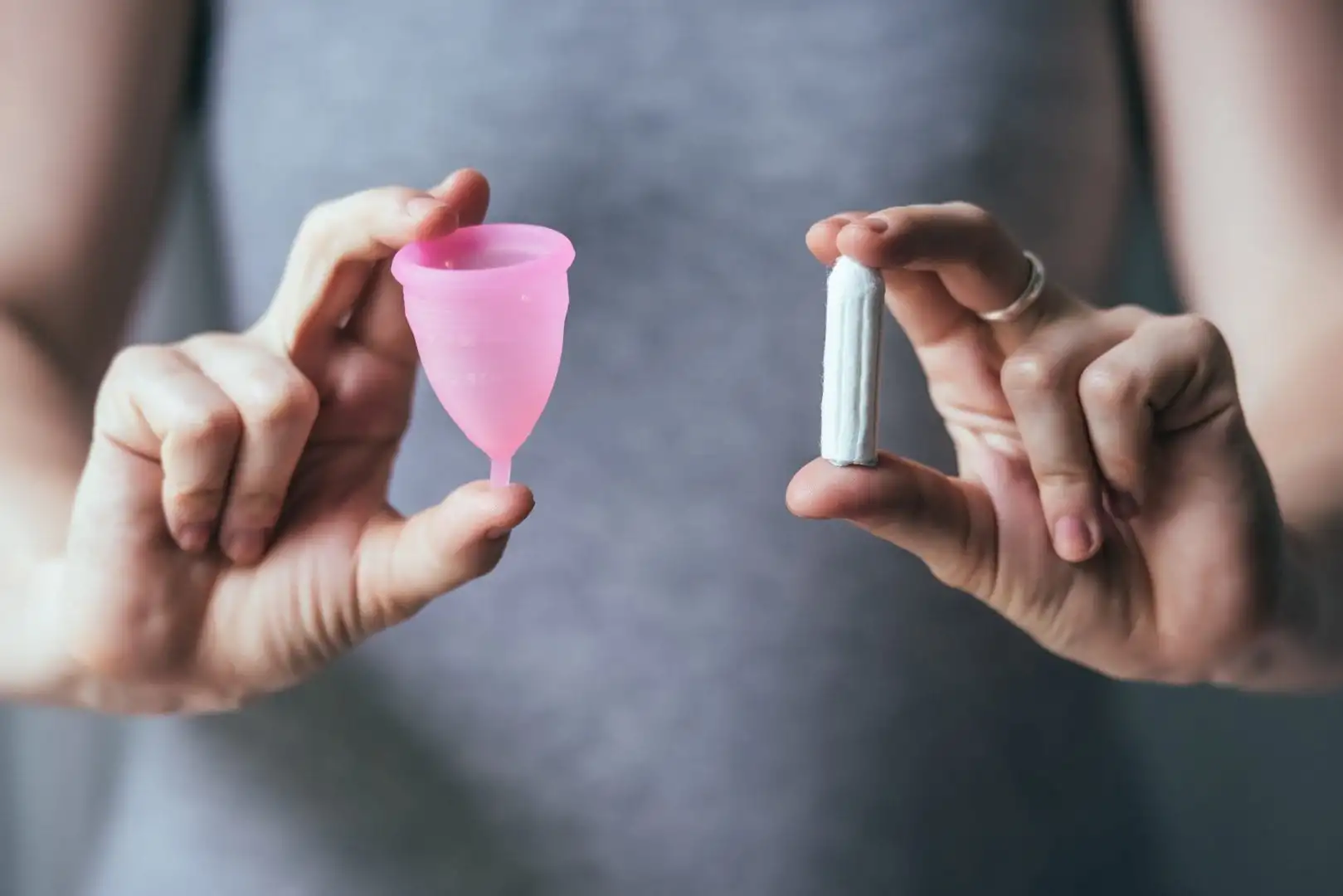
Clear. Firstly, it is much more environmentally friendly than other absorbents. Furthermore, it exists on the market in two different sizes. However, it requires more attention when introducing and cleaning it. Basically, its opening must face the cervix, so the blood doesn’t leak out.
Furthermore, it must be removed every four hours and also washed very well before the next use. If you don’t wash it correctly, you can carry bacteria into your vagina.
Still have questions about tampons?
Read more: Menstruation: 10 common questions, myths and truths about the subject

Sign up for our newsletter and stay up to date with exclusive news
that can transform your routine!
Warning: Undefined array key "title" in /home/storelat/public_html/wp-content/plugins/link-whisper-premium/templates/frontend/related-posts.php on line 12
Warning: Undefined array key "title_tag" in /home/storelat/public_html/wp-content/plugins/link-whisper-premium/templates/frontend/related-posts.php on line 13

